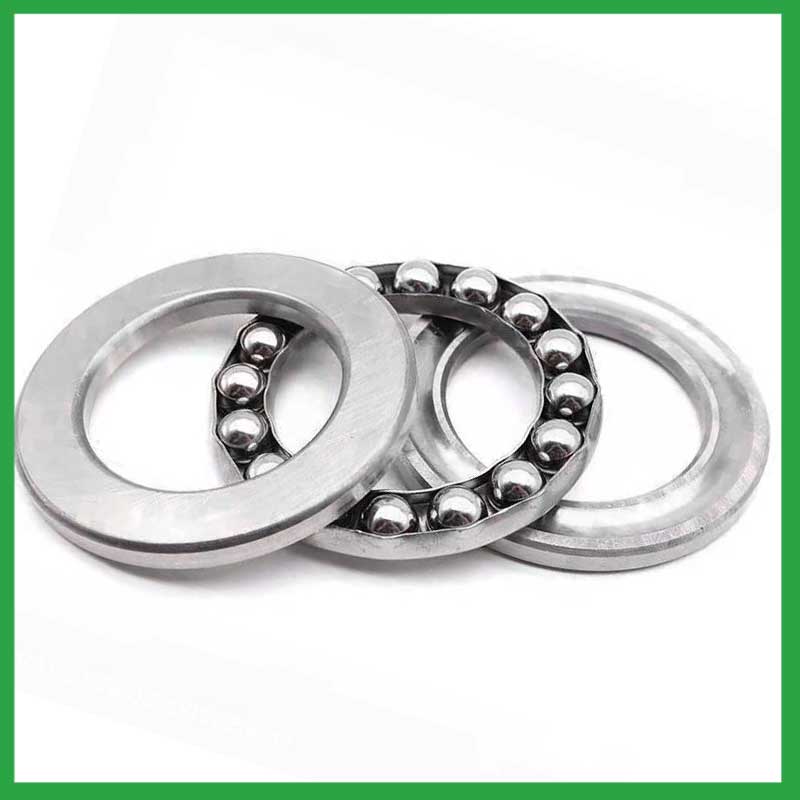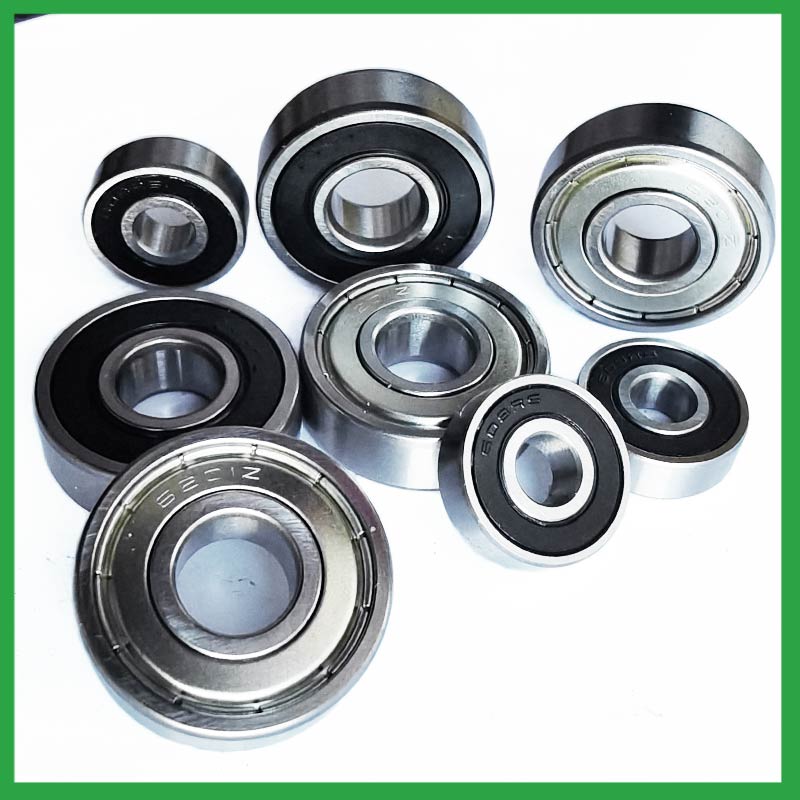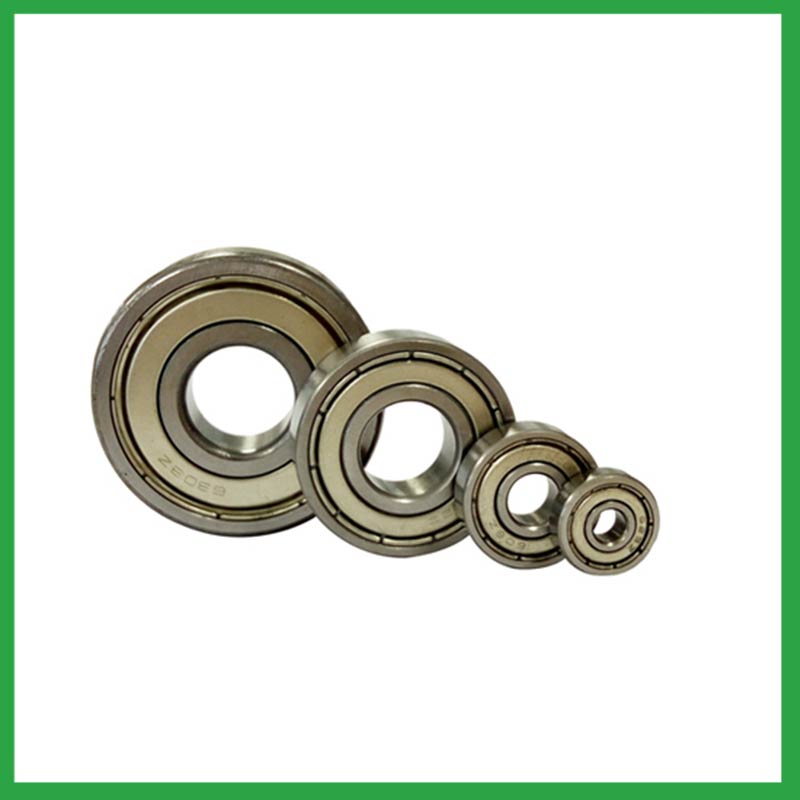PRODUCTS
CONTACT US
Ningbo Nide International Co., Ltd.
一一
· Contact person:Jack Zeng
· Mob/Whatspp/WeChat:0086-13738869026
· Email:emarketing@nide-group.com;marketing4@nide-group.com
· Add:No. 169, Wohushan Road, Daqi Subdistrict, Beilun District, Ningbo, China

Nide team could manufacture ball bearing as per customer’s drawing and samples.
If customer only has samples, we could also design drawing fo r our customer.
We also provide customized service.
Our ball bearing is widely applied the different industrials.
Haishu Nide International was founded in 2010 and is located in the high-tech zone of Ningbo, the industrial center of China. It is very close to Ningbo Port and Shanghai Port. We products products including thermal protector,fan,shaft,ball bearing,carbon brush,insulation paper, etc The product is widely used in industries such as electric automotive motor,compress motor,single and three phase induction motor,washing machine motor,air condition motor,fan motor,water pump motor.
In addition to building machines internally and controlling their quality and service system, we also provide customers with some auxiliary machines outsourced from other professional manufacturers. Its purpose is to reduce additional work for customers and alleviate concerns about quality issues. With excellent service, unique philosophy, professional team, and reliable quality, we have gradually won the trust of global customers.

| Parameter | Information |
|---|---|
| Product Name | ball bearing jump rope |
| Brand Name | NIDE |
| Place of Origin | Ningbo,Zhejiang |
| Material | stainless steel, etc. |
| Structure | Deep Groove |
| Color | Customized Color |
| Delivery Time | 5-7days |
| Port | Ningbo/Shanghai |
| Export region | Europe,Oceania,Asia |
| Export Country | India,Brazil,South Korea,Paraguay,Holy See (Vatican City),Mexico,Sierra Leone,Brunei...etc |
| Application | chemical equipment, etc. |
| OEM/ODM | Yes |
| Size | Customized size |
| Stock | In Stock |
| Feature | Low Noise,High precision...etc |
| MOQ | 10 pieeces(Specific according to the model) |
| Certification | ISO9001,CE-insulation paper inserting machine,CE-stator coil lacing machine,etc |
| Supply Ability | 100000-500000 Piece/Pieces per Month |
| Lubricate | Oil Grease |
| Packaging Details | Suitable for sea transportation |
| Lead time (days) | 15-20 (To be negotiated) |
Please note: The above table data is for reference only. For specific information, please contact us.
ball bearing jump rope is a component with a ball as the rolling element, consisting of an inner ring, an outer ring, and a ball. They form a closed raceway between the rings, and the ball rolls through a curved surface in the raceway.
During the disassembly process, the outer shell should be kept intact to avoid unnecessary damage;
When replacing installation components, attention should be paid to the accuracy of the support components to prevent deformation;
During the disassembly process, attention should be paid to protecting the surface quality of the ball bearing to ensure its performance;
During the operation, attention should be paid to removing surface dust to ensure the quality of the ball bearing.
Ball bearings have many advantages, making them highly competitive in the market.
Firstly, they are very durable and have good wear performance, making their service life longer than many other types of bearings.
Secondly, they are easy to install and can provide low friction performance in various applications.
Thirdly, they require a relatively low level of maintenance, making them cost-effective.
In addition, compared to many other types of bearings, their purchase cost is relatively low, making them an economical choice.




ball bearing jump rope---FAQs Guide
2.Are there ball bearing jump rope designed for extreme temperature environments, such as cryogenic or furnace applications?
3.What are the after-sales services available for ball bearing jump rope?
4.How do cage designs affect ball bearing jump rope speed and acceleration capabilities in high-speed machinery?
5.What is a ball bearing?
6.What are the ball bearing jump rope product skill training options?
7.Can ball bearing jump rope be used in vacuum or cleanroom environments, and what measures are taken to prevent outgassing or contamination?
8.What is the significance of ball bearing jump rope lubrication, and how does it affect bearing lifespan and performance?
9.What are the standard sizes and dimensions of ball bearing jump rope?
10.What are the considerations for choosing between open, shielded, or sealed ball bearing jump rope in specific applications?
11.As a ball bearing jump rope manufacturer,Your product certifications?
12.How do ball bearing jump rope handle radial loads, axial loads, and combined loads, and what are their load-carrying capacities?
13.Are there specific ball bearing jump rope designed for applications in the aerospace and aviation industries, and what standards do they adhere to?
14.What are the common materials used in ball bearing jump rope manufacturing?
15.Are there hybrid ball bearing jump rope that combine steel rings with ceramic balls to optimize performance in demanding applications?
1.How do preloaded ball bearing jump rope enhance rigidity and reduce clearance in high-precision applications?
Enhance Rigidity: By applying a controlled axial force, preload increases the bearing's resistance to external forces and moments. This heightened rigidity is essential in applications where any deflection or misalignment must be minimized, such as in machine tools or robotic systems.
2.Are there ball bearing jump rope designed for extreme temperature environments, such as cryogenic or furnace applications?
High temperature ball bearing jump rope use specialized lubricants to stand up to high temperatures. Grease-packed bearings are pre-filled with fluorine grease for high temperatures, while YS and SJ bearings use molybdenum disulfide (MoS2) solid lubricant to withstand temperatures up to 350°C and 400°C respectively.
3.What are the after-sales services available for ball bearing jump rope?
If you find problems or failures in the assembly or use of the bearings , which needs to consult and other services, please feedback to Nide International in time.
4.How do cage designs affect ball bearing jump rope speed and acceleration capabilities in high-speed machinery?
In high-speed ball bearing jump rope, external load has a great effect on cage stability and sliding ratio, especially for the bearings at work in the starting process. The cage stability is worse in the beginning of the bearing starting process. The axial load greatly influences cage dynamic performance in the bearing starting process.
In addition, while ball bearings worked under steady conditions, axial load and radial load both have a great influence on cage dynamic performance. The effects of axial load on cage dynamic performance during the bearing starting process are opposite from the effects under steady conditions.
5.What is a ball bearing?
A ball bearing is a type of rolling-element bearing that uses balls to maintain the separation between the bearing races.
The purpose of a ball bearing is to reduce rotational friction and support radial and axial loads. It achieves this by using at least two races to contain the balls and transmit the loads through the balls. In most applications, one race is stationary and the other is attached to the rotating assembly (e.g., a hub or shaft). As one of the bearing races rotates it causes the balls to rotate as well. Because the balls are rolling they have a much lower coefficient of friction than if two flat surfaces were sliding against each other.
Ball bearings tend to have lower load capacity for their size than other kinds of rolling-element bearings due to the smaller contact area between the balls and races. However, they can tolerate some misalignment of the inner and outer races.

6.What are the ball bearing jump rope product skill training options?
Quality comes from being controlled rather than be done. On the basis of the escalating production equipment and optimized process, Nide spare no efforts and keeps improving for quality control. Quality assurance covered with system, technology and human resources are in full swing.
7.Can ball bearing jump rope be used in vacuum or cleanroom environments, and what measures are taken to prevent outgassing or contamination?
Bearings specify stainless steel for vacuum or cleanroom applications as stainless steels used for the rings, balls and retainer exhibit low outgassing. They usually supply open or shielded stainless steel bearings as vacuum bearings as these will outgas less than a nitrile rubber sealed bearing.
8.What is the significance of ball bearing jump rope lubrication, and how does it affect bearing lifespan and performance?
Bearing lubrication is vital for preserving the performance and lifespan of rolling element bearings. Lubrication helps separate moving parts relative to one another, such as rollers and raceways or balls, to prevent wear and tear and friction.
9.What are the standard sizes and dimensions of ball bearing jump rope?
ball bearing jump rope size charts are widely available, and can be used to find the measurements of a specific bearing. Series 6200 and 6300 are the most commonly used, and typically range from 10 x 30 x 9 mm (. 394 x 1.181 x . 354 in) to 150 x 320 x 65 mm (5.906 x 12.598 x 2.559 in).
10.What are the considerations for choosing between open, shielded, or sealed ball bearing jump rope in specific applications?
While sealed bearings offer superior protection and maintenance advantages, shielded ball bearing jump rope can be more suitable in situations where minimal friction and operating temperature are crucial. It's essential to assess the operational environment and demands before making a selection.

11.As a ball bearing jump rope manufacturer,Your product certifications?
ISO9001:2015 certificate,ISO 9001 Certification,CE-stator,etc.
12.How do ball bearing jump rope handle radial loads, axial loads, and combined loads, and what are their load-carrying capacities?
The type of bearing used also varies between these loads. While deep-groove ball bearing jump rope are better equipped to handle radial loads, thrust ball bearings are designed for axial loads. However, it's essential to note that most bearings, such as angular contact ball bearings, can handle both radial and axial loads.The Bearing Static Capacity, Co, is the maximum load that can safely be applied to a non-rotating bearing that will not cause subsequent bearing operation to be impaired. It is based on calculated contact stress at the center of the most heavily loaded rolling element where it contacts the Inner Race.
13.Are there specific ball bearing jump rope designed for applications in the aerospace and aviation industries, and what standards do they adhere to?
Airframe control ball bearing jump rope are specialized bearings tailored for aircraft structures, particularly control systems and surfaces. Designed for low-speed oscillatory applications, they offer precision and support, effectively managing misalignments and flight-induced stresses.
Airframe Control bearings are lightweight, corrosion-resistant, grease-lubricated, and are sealed on most occasions. They come in precision grades for running accuracy.
14.What are the common materials used in ball bearing jump rope manufacturing?
Most ball bearing jump rope are made of a type of steel known as high carbon chromium steel, often called chrome steel. This is used for reasons of cost and durability. Bearings are also made from other materials such as stainless steel, ceramics and plastic.
15.Are there hybrid ball bearing jump rope that combine steel rings with ceramic balls to optimize performance in demanding applications?
Hybrid Ceramic ball bearing jump rope. Ceramic ball bearings (also known as hybrid bearings) are the one component that'll easily optimize the performance of your application. Hybrid bearings have ceramic (silicon nitride, Si3N4) balls and 52100 bearing steel rings.


